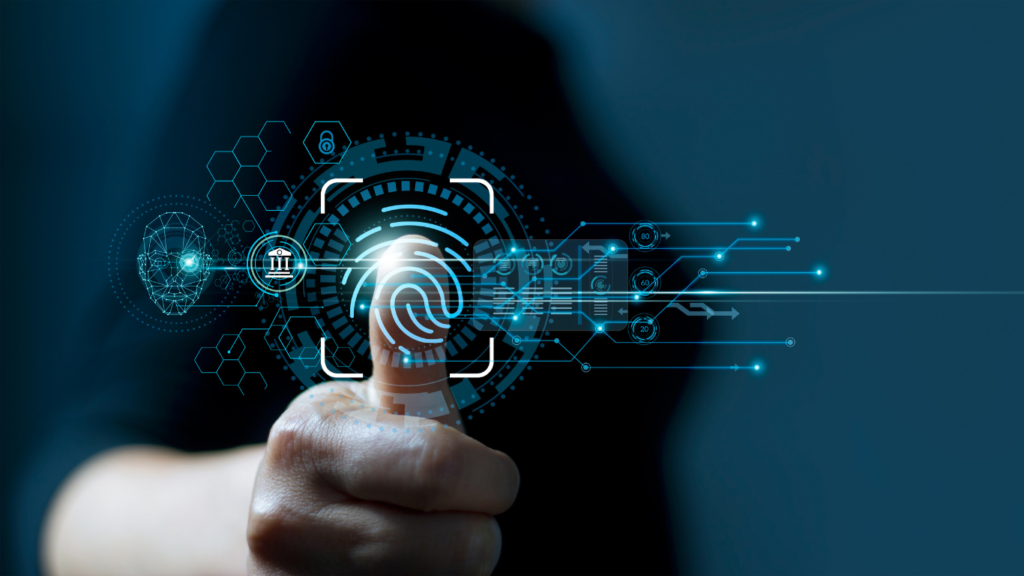 All news
All news
Biometrics in Our Lives
9 October 2023

Biometrics is an integral part of our daily lives, a silent technology working behind the scenes to make our lives more convenient and secure. The word “biometrics” has deep roots in ancient Greek, where it literally means “the measurement of the living.” Today, this term encompasses a vast technological field that uses physical, biological, and behavioral characteristics to identify and authenticate a person.
The Three Pillars of Biometrics
Biometrics relies on three fundamental pillars: physical, biological, and behavioral characteristics.
Among the most well-known physical biometric characteristics are fingerprints, facial recognition, and iris analysis. Each of these features is unique to every individual, creating an unmistakable biometric signature. Imagine instantly recognizing your loved ones by their faces; biometrics operates in a similar way but on a more advanced scale.
Biometrics doesn’t stop at physical characteristics. It can also include biological elements such as body odor, blood type, saliva, urine, and even DNA analysis. These data provide an even higher level of security because they are intrinsically linked to a person’s identity.
Each of us has unique behaviors, such as the way we speak, sign, walk, or even type on a keyboard. Biometrics aims to identify these unique behaviors. For example, voice recognition analyzes how you speak, while keyboard keystroke dynamics examine how you type. These behavioral characteristics add an extra layer of security to biometric authentication.
The Uniqueness of Biometric Data
The key to biometrics lies in the uniqueness of the data it uses. Even on the other side of the world, no one has the same characteristics as you. This makes it a powerful tool in combating identity theft.
A Brief History of Biometrics
The use of biometrics dates back centuries. Fingerprints, one of the oldest biometric characteristics, were used in ancient Babylon and ancient China for identification purposes. However, it was only in the 20th century that biometrics truly took off with the advent of modern technologies.
In the decades that followed, significant advancements were made in the field of biometrics. Voice recognition and facial recognition were developed for civilian and military applications. Fingerprints also evolved, shifting from identification to forensics.
Today, biometrics plays a crucial role in security and authentication. It is widely used for the issuance of official documents such as national identity cards, passports, and visas, thus providing better protection against fraud.
Biometrics is much more than a science fiction technology; it is an omnipresent reality that enhances our security and simplifies our daily lives. From fingerprints to DNA profiles, it represents a bridge between the past and the future of authentication.
Explore the world of biometrics with our video below:




